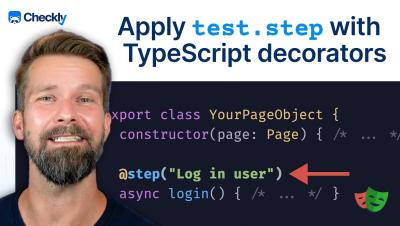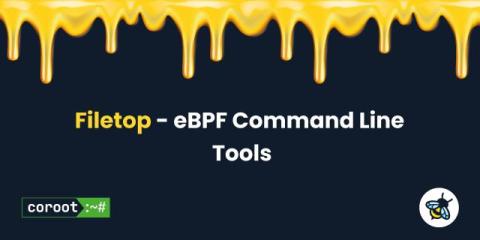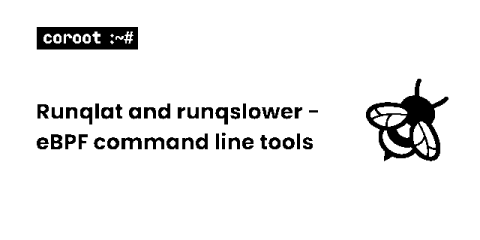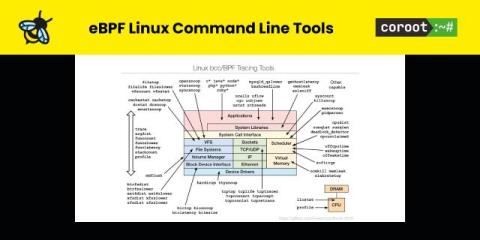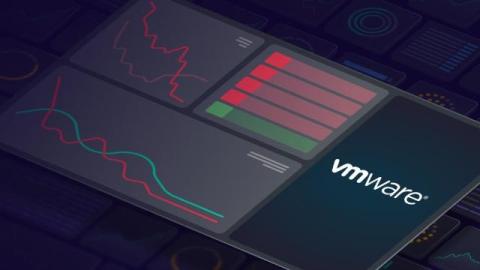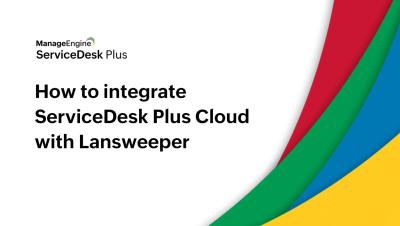How Cloud-Native Artifact Management Can Facilitate the Move to Platform Engineering
In this session we will explore why prioritizing artifact management is essential in advancing to self-service IDPs and how adoption of Cloudsmith offers solutions to common challenges such as high infrastructure costs, managing security vulnerabilities, and maintaining productivity. Attendees will gain insights into best practices of implementing an artifact repository at the center of their CI/CD pipeline.




